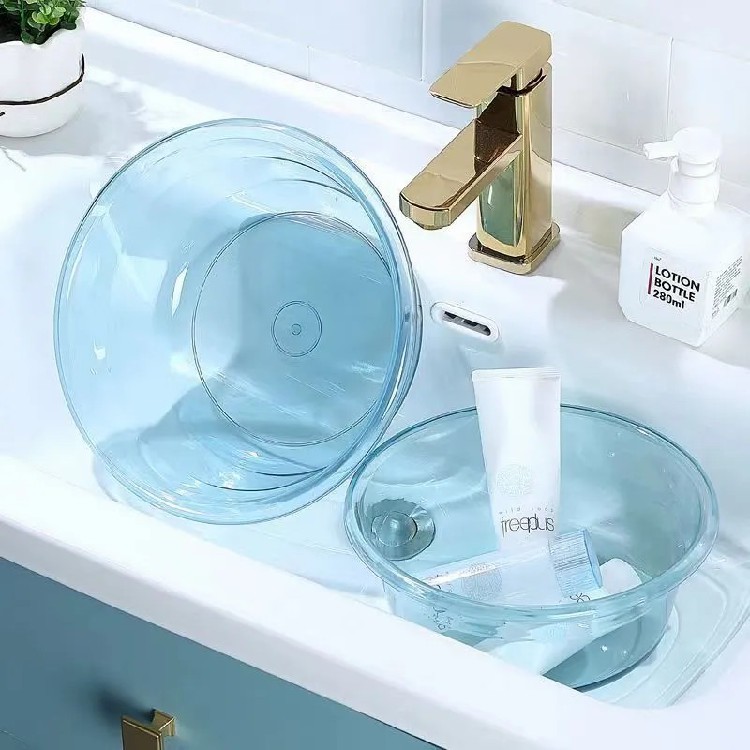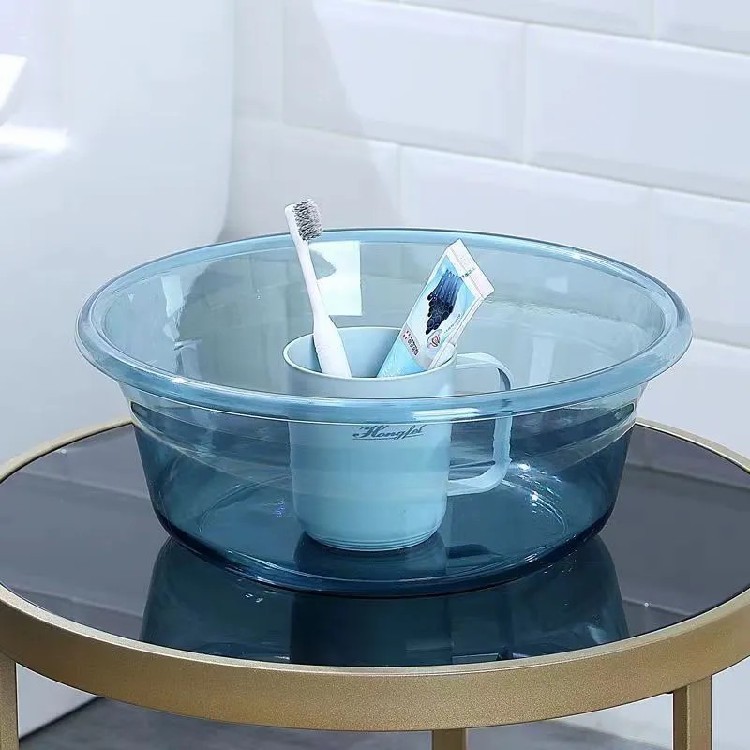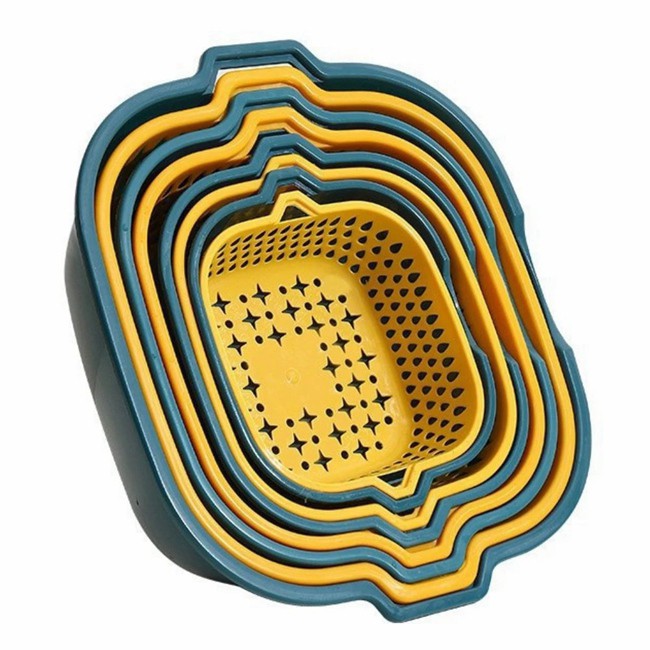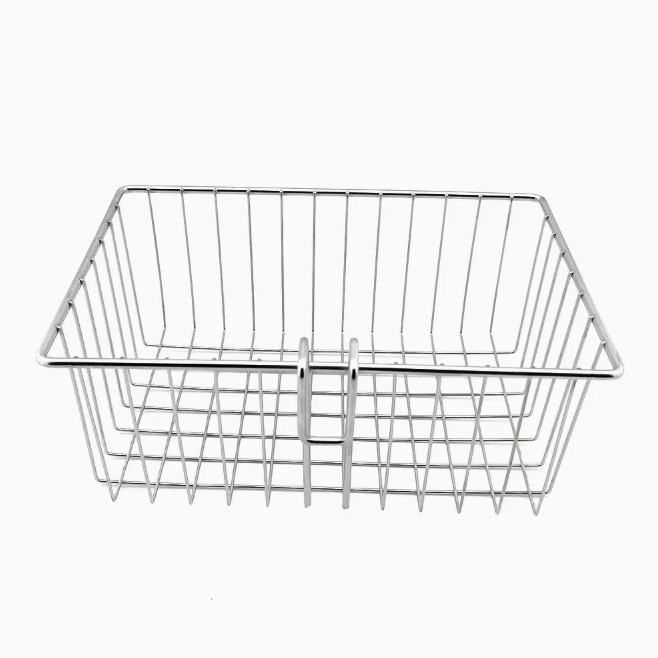Wholesale Food-Grade Plastic Vegetable Basins
Product description
In the heart of every functional kitchen lies an unsung hero: the plastic vegetable basin. Far more than a simple container, this humble tool is a cornerstone of efficient food preparation, organization, and hygiene. Modern plastic basins have evolved significantly, offering a blend of practical design, material science, and durability that makes them indispensable for both home cooks and culinary professionals. Moving beyond basic storage, these basins facilitate the entire pre-cooking process, from washing and soaking to straining and transporting. Their thoughtful design addresses the fundamental needs of a busy kitchen, proving that the simplest tools often make the most significant impact on our daily routines.

Defining the Core Characteristics
A plastic vegetable basin is defined by a set of characteristics engineered for its specific role. The material itself is typically a food-grade polymer, such as polypropylene (PP) or high-density polyethylene (HDPE), chosen for its inherent safety, strength, and resistance to odors and stains. These materials ensure that the basin does not interact with food and can withstand repeated use without degrading. The design almost always features a balanced blend of capacity and ergonomics. Sizes vary to handle anything from a few handfuls of salad greens to a large harvest of potatoes, with contours and handles designed for a secure and comfortable grip, even when wet. Many models incorporate a critical functional element: a colander-style design with integrated perforations or a straining lid. This allows for the effortless draining of water after washing, eliminating the need for a separate colander. Furthermore, these basins are universally celebrated for their lightweight nature, making them easy to lift, carry, and store, even when fully loaded.
The Compelling Advantages for Everyday Use
The advantages of integrating a dedicated plastic vegetable basin into your kitchen workflow are numerous and tangible. First and foremost is the profound enhancement of kitchen hygiene. Having a designated container for washing produce helps prevent cross-contamination with raw meats or other ingredients on countertops. The non-porous surface of food-safe plastic prevents the absorption of bacteria and is remarkably easy to clean, often being dishwasher safe.
From an efficiency standpoint, these basins streamline the preparation process. The wash-and-drain functionality consolidates two steps into one, saving time and reducing the number of items that need to be cleaned afterward. Their stackable nature is a boon for space-conscious kitchens, allowing for neat and compact storage when not in use. Durability is another key benefit. Unlike ceramic or glass alternatives, a high-quality plastic basin is highly resistant to chipping, cracking, or shattering if dropped, ensuring a long service life. This resilience, combined with their generally low cost, makes them an exceptionally cost-effective kitchen investment. Finally, their lightweight utility extends beyond vegetables, often being used for tasks like thawing frozen goods, mixing large salads, or even as a temporary repository for compost scraps during food prep.

Versatile Applications in the Kitchen and Beyond
The primary application of a plastic vegetable basin is, unsurprisingly, in the thorough cleaning of fruits and vegetables. Its generous capacity allows for ample water to remove dirt, debris, and surface residues effectively. Soaking leafy greens or cleaning sandy leeks becomes a simple, contained task. Beyond washing, it serves as a central staging area for prepped ingredients; chopped onions, peeled carrots, and sliced peppers can all be conveniently held in the basin before they are combined in a recipe.
The colander-type basin finds its second wind in tasks like draining pasta or blanched vegetables, proving its versatility beyond just produce. For those who enjoy gardening, these basins are perfectly repurposed for tasks like mixing small amounts of potting soil or harvesting vegetables from a home garden. Their utility even extends to non-culinary roles, such as being a handy container for organizing cleaning supplies or holding toys during tidying up. This multifaceted usefulness ensures that a plastic vegetable basin is rarely idle, earning its keep multiple times over.

Frequently Asked Questions About Plastic Vegetable Basins
1. Are plastic vegetable basins safe for washing food?
Absolutely. Reputable manufacturers produce these basins using food-grade plastics that are certified safe for direct contact with food. These materials are non-toxic, BPA-free, and designed not to leach harmful chemicals, ensuring your produce remains safe during and after washing.
2. How do I prevent my plastic basin from retaining odors, particularly from strong-smelling vegetables like onions?
Thorough and immediate cleaning is the best practice. Washing the basin with warm, soapy water right after use, especially after holding pungent foods, will prevent odors from setting in. For persistent smells, a solution of baking soda and water or a vinegar rinse can be used to neutralize odors effectively.
3. Can these basins withstand hot water?
Most standard plastic vegetable basins are designed to tolerate warm water for washing purposes. However, exposure to boiling water can warp or deform the plastic. It is always advisable to check the manufacturer's specific temperature guidelines to ensure the longevity of the product.
4. What is the advantage of a basin with a handle?
Handles significantly improve safety and convenience. A well-designed handle provides a secure grip, reducing the risk of dropping a heavy, water-filled basin. It also makes the basin easier to carry from the sink to the countertop or to pour out water when draining.
5. How should I choose the right size basin for my needs?
Consider your typical household size and cooking habits. A smaller basin (around 2-3 gallons) is often sufficient for individuals or couples, while larger families or those who entertain frequently will benefit from a basin with a 5-gallon capacity or more. Many find that having two basins of different sizes offers the ultimate flexibility for various tasks.
Conclusion: An Essential Tool for a Streamlined Kitchen
The plastic vegetable basin stands as a testament to the idea that effective design does not need to be complex. By offering a simple, durable, and multifunctional solution to a universal kitchen need, it has secured its place as an essential item. Its contribution to a more organized, hygienic, and efficient cooking environment is undeniable. For anyone looking to optimize their kitchen workflow, the choice to incorporate a well-designed plastic vegetable basin is a small step that yields substantial, everyday rewards.
Recommended products


